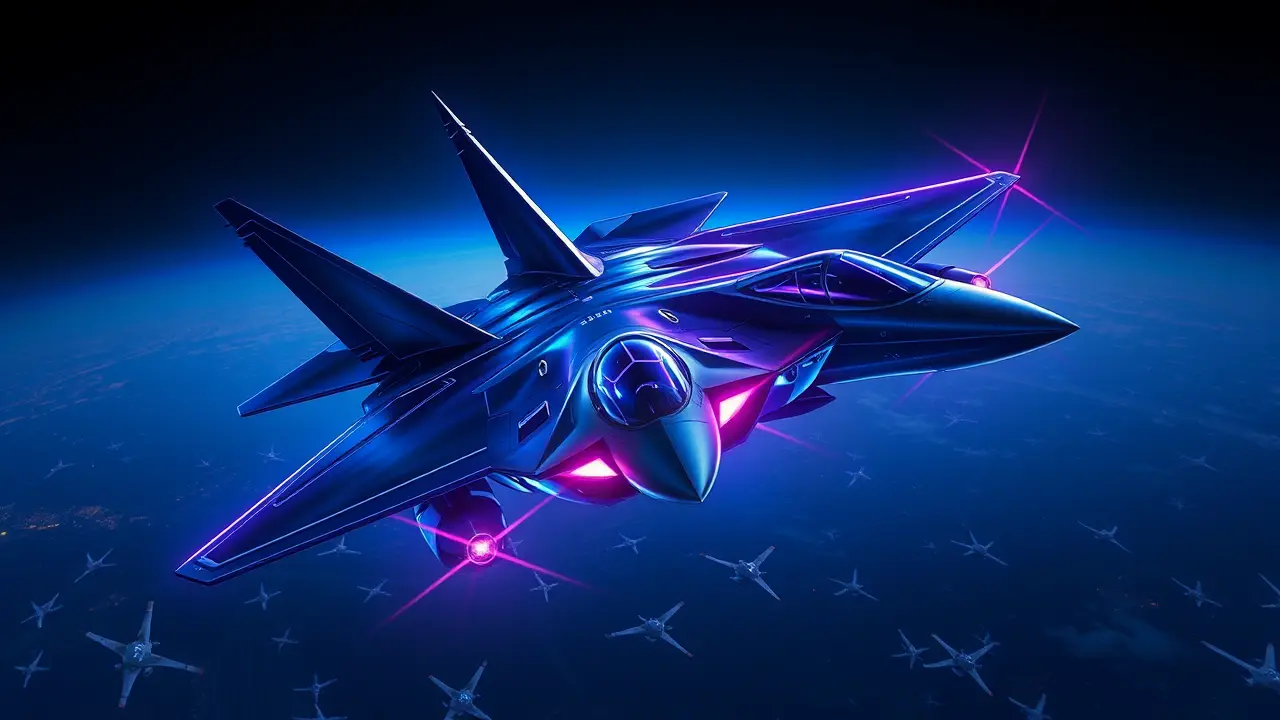
Politicsconflict & defenseMilitary Operations
China's Sixth-Generation Fighter Advances Challenge US Air Dominance.
OL
Oliver Scott
20 hours ago7 min read
The strategic calculus of global air power is undergoing a seismic shift, with China's accelerated sixth-generation fighter development emerging as the most significant geopolitical shock to the established order since the collapse of the Soviet Union. Recent intelligence, gleaned from a series of high-resolution photographs that flooded Chinese social media platforms this Tuesday, indicates a breathtaking pace of advancement that has caught many Western analysts off-guard.The images, depicting what appears to be a Chengdu Aircraft Corporation prototype conducting an active test flight, reveal a radical tailless, three-engine design—a configuration that screams next-generation stealth and maneuverability. This flight occurred a mere ten months after the program's first public whispers, a development cycle that defies conventional Pentagon procurement timelines and suggests a terrifyingly efficient parallel-track development process is in full swing.For decades, American air dominance, underwritten by the F-22 Raptor and the nascent F-35 program, has been the bedrock of its power projection, a seemingly unassailable technological moat. That moat is now being rapidly filled.The emergence of not one, but two distinct Chinese sixth-gen programs signals a deliberate, well-funded strategy to achieve parity and then leapfrog the United States, not by imitation, but through indigenous innovation in areas like artificial intelligence-driven flight control, directed-energy weapons, and loyal wingman drone swarms. The strategic implications are profound, forcing a complete reassessment of risk scenarios across the Taiwan Strait, the South China Sea, and beyond.A future where US F-22s or Next Generation Air Dominance (NGAD) platforms are confronted by a peer adversary with comparable—or superior—technology in significant numbers is no longer a distant hypothetical; it is a plausible mid-term scenario that fundamentally alters the balance of power. This isn't merely an arms race; it is a high-stakes competition for control of the global commons, where the winner will dictate the rules of engagement for the 21st century.The Pentagon's own NGAD initiative, shrouded in even deeper secrecy, now faces not just budgetary headwinds and bureaucratic inertia, but a clear and present competitor whose velocity of development presents an existential challenge to decades of American aerial supremacy. The question is no longer *if* China will field a sixth-generation fighter, but when, and how the United States will recalibrate its entire defense posture in response to this undeniable, and rapidly materializing, shock to the system.
#China
#sixth-generation fighter
#air supremacy
#Chengdu Aircraft Corporation
#test flight
#featured
Stay Informed. Act Smarter.
Get weekly highlights, major headlines, and expert insights — then put your knowledge to work in our live prediction markets.
© 2025 Outpoll Service LTD. All rights reserved.